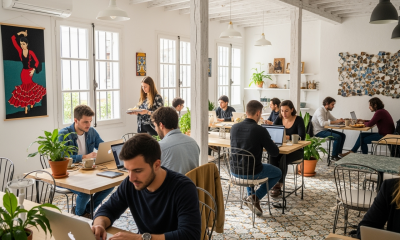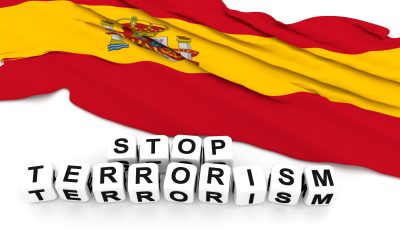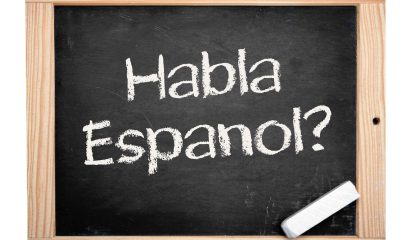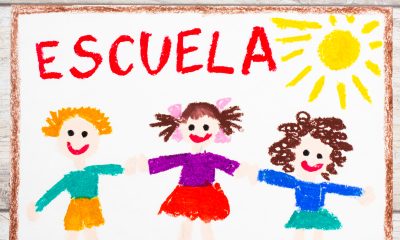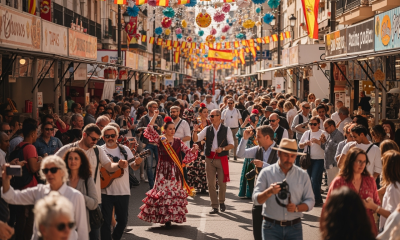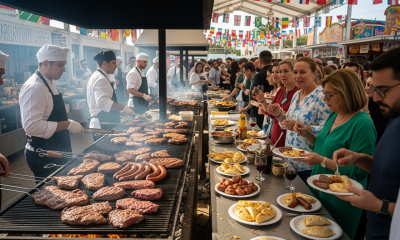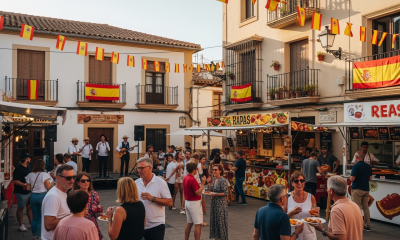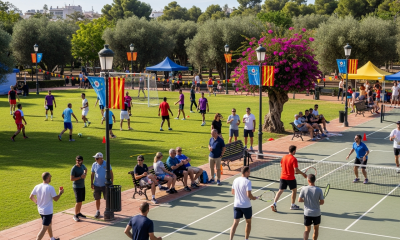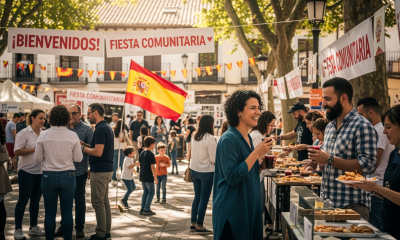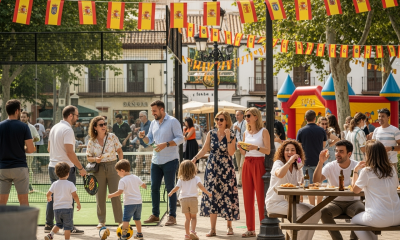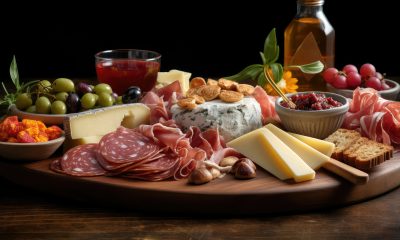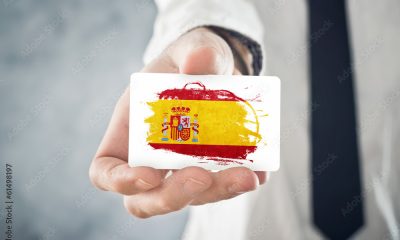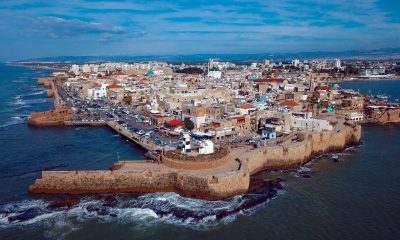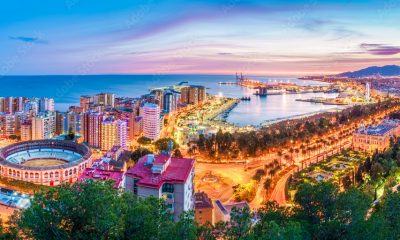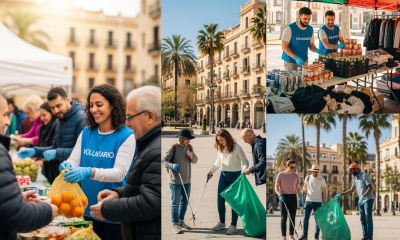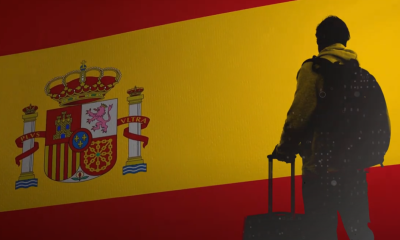Cultural
Spanish drinking culture and traditions

A Journey Through Spain’s Beverage Culture
Spain, a country renowned for its rich history, diverse culture, and vibrant traditions, has a distinctive approach to drinking that reflects its social and culinary landscape.
From the bustling bars of Madrid to the serene vineyards of La Rioja, Spanish drinking traditions are an integral part of everyday life and celebrations.
This article explores the various aspects of Spain’s drinking culture, highlighting the customs, beverages, and social practices that define it.
The Ritual of Tapas and Drinks
Tapas Culture:
One of the most iconic aspects of Spanish drinking traditions is the tapas culture.
Tapas, small plates of food, are typically enjoyed alongside drinks in bars and restaurants across Spain.
The tradition of serving tapas with drinks dates back centuries and varies by region.
Popular Tapas Pairings:
- In Andalusia: Sherry (Jerez) is often paired with olives, Iberian ham, and fried fish.
- In the Basque Country: Pintxos, a type of tapas, are enjoyed with local wines like Txakoli.
- In Catalonia: Cava, a sparkling wine, is frequently served with seafood tapas.
The Social Aspect:
Drinking with tapas is more than just a culinary experience; it is a social ritual. Spaniards often go out for “tapeo,” moving from one bar to another,
enjoying different tapas and drinks, fostering a sense of community and conviviality.
The Wine Regions and Traditions
Spain’s Renowned Wine Regions:
Spain boasts some of the world’s most celebrated wine regions, each with its own traditions and specialties.
La Rioja:
- Famous for: Tempranillo-based red wines.
- Traditions: In La Rioja, wine is often enjoyed with lamb or pork dishes. The region also hosts wine festivals like the Haro Wine Festival, where participants celebrate with wine fights.
Ribera del Duero:
- Famous for: Robust red wines.
- Traditions: Wines from this region are typically enjoyed with hearty Castilian dishes like roast suckling pig.
Catalonia:
- Famous for: Cava, a sparkling wine.
- Traditions: Cava is a staple at celebrations and festivals, especially during the Christmas and New Year holidays.
Wine Tasting and Tours:
Wine tourism is a significant part of Spain’s drinking culture.
Many vineyards offer tours and tastings, allowing visitors to experience the production process and sample a variety of wines.
The Aperitivo Tradition
What is Aperitivo?
Aperitivo, akin to the Italian aperitif, is a pre-meal drink tradition meant to whet the appetite.
It typically takes place in the late afternoon or early evening.
Popular Aperitivo Drinks:
- Vermouth: Often served on the rocks with an orange slice and an olive. Vermouth bars, or “vermuterías,” are popular in cities like Madrid and Barcelona.
- Sherry: Particularly in Andalusia, where dry sherries like Fino and Manzanilla are favored.
- Gin and Tonic: Spain has a unique twist on this classic cocktail, often served in large balloon glasses with various botanicals.
Social Ritual:
Aperitivo is a social occasion, providing an opportunity to relax and socialize with friends before dinner.
It is often accompanied by light snacks, such as olives, nuts, or chips.
The Spirit of Festivals and Celebrations
La Feria de Abril (Seville Fair):
In Seville, the annual April Fair is a time for celebration, with locals and visitors alike enjoying copious amounts of Manzanilla and Fino sherries.
Casetas (private tents) are set up, where people gather to drink, dance, and enjoy traditional Andalusian music.
La Tomatina:
This famous tomato-throwing festival in Buñol is accompanied by a festive atmosphere where beer and sangria flow freely.
It exemplifies the joyous and sometimes whimsical nature of Spanish celebrations.
Saint John’s Eve (Noche de San Juan):
Celebrated on June 23rd, this festival marks the summer solstice with bonfires, fireworks, and beach parties.
Cava and other local wines are popular beverages for toasting during the festivities.
The Influence of Modern Trends
Craft Beer Movement:
In recent years, Spain has seen a surge in craft beer production.
Breweries across the country are experimenting with different styles, from IPAs to stouts, reflecting a growing appreciation for artisanal beer.
Cocktail Culture:
While traditional drinks remain popular, there is also a burgeoning cocktail scene in cities like Madrid and Barcelona.
Mixologists are creating innovative cocktails that blend Spanish ingredients with international influences.
Health Consciousness:
There is a noticeable trend towards more health-conscious drinking.
Low-alcohol and non-alcoholic beverages are becoming more widely available, catering to those who prefer to moderate their alcohol consumption.
Conclusion
Spanish drinking traditions are a rich tapestry of historical practices, regional specialties, and social rituals.
Whether it’s enjoying a glass of wine in La Rioja, sipping vermouth in a Barcelona bar, or participating in the lively festivals of Andalusia,
each experience offers a unique glimpse into the heart of Spanish culture.
These traditions not only celebrate the diversity of Spain’s beverages but also emphasize the importance of community, conviviality, and the simple pleasure of sharing a drink with others.
Cultural
Best Spanish festivals and how expats can participate (2025 edition)

Published: August 2025
Spain is world-famous for its vibrant festivals – from wild street parties to solemn processions and everything in between. For expats, joining in these celebrations is one of the best ways to experience Spanish culture, meet locals, and make lifelong memories. Here’s your guide to the most popular Spanish festivals in 2025, plus tips on how foreigners can join the fun.
Why festivals matter in Spain
Festivals (fiestas) are at the heart of Spanish life. Each town, city, and region has its own unique celebrations, often rooted in history, religion, or local traditions. These events bring communities together, break down barriers, and create unforgettable experiences for everyone – locals and newcomers alike.
Top Spanish festivals in 2025
- La Feria de Abril (Seville): A week of flamenco, horses, and casetas. Join in by renting a traditional costume and dancing until dawn.
- San Fermín (Pamplona): Famous for the running of the bulls. Expats can watch safely from balconies or join the parades and concerts.
- La Tomatina (Buñol): The world’s biggest tomato fight! Tickets are required – book early for 2025.
- Las Fallas (Valencia): Giant sculptures, fireworks, and street parties. Volunteer to help build a falla or join a local group.
- Semana Santa (nationwide): Dramatic Easter processions in cities like Málaga, Seville, and Granada. Respectful participation is welcome.
- Feria de los Países (Fuengirola): Celebrate global cultures with food, music, and dance – perfect for expats!
- Fiesta de San Juan (coastal towns): Bonfires and beach parties on the shortest night of the year. Bring friends and jump the flames for luck.
How expats can join in
- Check your local town hall or tourist office for festival dates and activities.
- Look for expat groups or language exchanges organizing group visits.
- Volunteer for setup or events – many festivals welcome extra hands.
- Respect local customs and dress codes, especially for religious events.
- Bring cash, comfortable shoes, and a sense of adventure!
Useful links
FAQ
Disclaimer: This article is for informational purposes only. Always check official sources for dates and details before attending.
Cultural
International Feria Fuengirola 2024: a celebration of cultures and community

International Feria Fuengirola 2024: a celebration of cultures and community
Published: August 2025
Every spring, Fuengirola on the Costa del Sol transforms into one of Spain’s most vibrant showcases of international culture. The International Feria Fuengirola—also known as Feria de los Países—brings together more than 30 countries for five unforgettable days of music, food, dance, and friendship. In 2024, the fairground once again welcomed tens of thousands of visitors, expats and locals alike, for a true celebration of diversity, unity, and joy.
A festival for everyone
The Feria is much more than just an event—it’s a living symbol of how people from all over the world can come together in Spain and create something unique. With more than 30 national pavilions, you can stroll from Spanish flamenco to Argentinian tango, from Finnish sauna culture to Peruvian ceviche, all in a single afternoon. The atmosphere is pure happiness: families, friends, and strangers laughing, dancing, and sharing experiences with almost no trouble or conflict—just five fantastic days of community spirit.
Highlights from around the world
Each country’s stand is a mini-embassy of culture. Spain’s own pavilion is always a crowd-pleaser, with regional food, live flamenco, and artisan crafts. The Argentinian stand draws crowds for its sizzling steaks and passionate tango shows, while Chile’s booth offers pisco sours and lively cueca dancing. Germany’s beer garden is a social hub, with bratwurst and folk music, while the UK and Ireland stands serve up fish & chips, Guinness, and live rock bands. Peru’s pavilion is a must for foodies, with ceviche and pisco cocktails, and Finland surprises many with smoked salmon, reindeer snacks, and even a pop-up sauna.
Beyond food and drink, each stand hosts cultural performances—traditional dances, live concerts, costume parades, and workshops for kids and adults. It’s not just about watching; visitors are encouraged to join in, try a dance, sample a dish, or learn a few words in a new language.
Family-friendly fun
The Feria is designed for all ages. There are children’s workshops, face painting, international games, and plenty of open space to run and play. Many families make a day of it, sampling treats from different countries and enjoying the colorful parades that wind through the fairground each afternoon.
Peaceful, positive atmosphere
What makes the International Feria Fuengirola truly special is its peaceful, inclusive vibe. Despite the crowds and the many different languages and cultures represented, there’s virtually no trouble—just people enjoying life together. It’s a powerful example of how multicultural Spain really is, and how expats and locals can celebrate side by side.
Practical tips for visiting
- Dates: The 2024 edition ran from 1–5 May. The fair is held annually, usually around the same dates.
- Location: Fuengirola Fairground (official site), easily reached by train, bus, or car.
- Admission: Entry is free. Food, drinks, and some activities are paid per item.
- Opening hours: Stands typically open from midday to late evening.
- Family tips: Arrive early for easier parking and less crowded stands. Bring cash for food and souvenirs.
- Accessibility: The fairground is flat and accessible to wheelchairs and strollers.
- What to bring: Comfortable shoes, sunscreen, and an open mind!
Useful links
- Official Feria website
- Sur in English – Feria news
- YouTube: Feria de los Pueblos 2024 walking tour
- MamaMalaga – Feria review
Gallery: authentic moments from International Feria Fuengirola

FAQ: International Feria Fuengirola
When is the Feria held? Usually in early May. The 2024 edition ran from May 1–5. Check the official website for next year’s dates. Is the Feria suitable for children? Yes, there are activities, workshops, and plenty of space for families. How much does it cost to enter? Entry to the fairground is free. Food, drinks, and some activities are paid per item. Can I buy tickets in advance? No ticket needed for entry, but some shows or tastings may require advance booking. Are pets allowed? Pets are generally not allowed due to crowds and noise, but check official info for exceptions. How do I get there? The fairground is in central Fuengirola, close to the train station and with good parking options. Can I volunteer or participate as a performer? Contact the organizers via the official site for info on participation. Is the event accessible for people with disabilities? Yes, the fairground is flat and accessible for wheelchairs and strollers. Which countries are represented? Over 30 countries, including Spain, Argentina, Chile, Germany, UK, Ireland, Peru, Finland, and many more. Where can I find more photos and videos? Visit the official Feria gallery or search “Feria de los Países Fuengirola” on YouTube and Instagram.
Disclaimer: This article is for informational purposes only. All photos and screenshots are credited to their original creators. Please contact us if you would like your images featured or credited.
Cultural
Tap into community events and festivals: how expats can connect in Spain

Published: August 2025
Spain is world-famous for its lively community events and colorful festivals, which are at the heart of local culture. For expats, participating in these events is one of the best ways to meet people, learn about Spanish traditions, and feel truly at home. Whether you live in a big city or a small village, there’s always a fiesta, market, or neighborhood gathering to join. Here’s your guide to making the most of Spanish community life as a foreigner.
Why community events matter for expats
Community events are where Spanish hospitality shines. They bring together locals and newcomers, young and old, for shared experiences—food, music, dance, and celebration. For expats, joining these gatherings is a fast track to making friends, practicing Spanish, and discovering what makes each region unique.
Types of events you can join
- Local fiestas: Every town and city has its own annual festival, often featuring parades, concerts, fireworks, and traditional costumes. Check your town hall’s website for dates and details.
- Food and wine fairs: Spain’s regions celebrate their culinary heritage with markets, tastings, and cooking contests. Don’t miss the chance to try local specialties!
- Sports tournaments: From fun runs to football matches and cycling races, sports events are open to everyone—join as a participant or a fan.
- Music and dance festivals: Flamenco, jazz, classical, and pop—there’s something for every taste. Look for open-air concerts and dance workshops.
- Charity events and volunteering: Get involved in community projects, fundraisers, or environmental clean-ups. It’s a great way to give back and meet like-minded people.
How to find out about events
- Check your local town hall
- Follow local Facebook groups and WhatsApp chats
- Look for posters in shops, cafés, and community centers
Tips for joining in
- Don’t be shy—locals are usually happy to welcome newcomers, especially if you show interest in their traditions.
- Bring friends or go alone—either way, you’ll meet people.
- Try local food, join a dance, or volunteer for an activity to break the ice.
- Learn some basic Spanish phrases to help you join conversations.
- Always check if events are free or require tickets in advance.
Useful links
How can I find out about local festivals in my town? Check your town hall’s website, local Facebook groups, and posters in shops and cafés. Are community events open to foreigners? Yes, Spanish events are very inclusive—everyone is welcome! What should I bring to a local festival? Comfortable shoes, some cash, and an open mind—many events involve walking, dancing, and trying new foods. Do I need to speak Spanish to participate? Not necessarily, but learning a few phrases helps. Many locals are happy to help you practice. Are there family-friendly community events? Absolutely—most festivals and fairs have activities for children and families. How can I volunteer at community events? Contact the organizers via town hall, community centers, or event websites. Is it safe to attend large events? Yes, but as with any large gathering, keep an eye on your belongings and follow local advice. Can I join in traditional dances or processions? Yes! Locals love when newcomers join in—just follow the crowd and have fun. What’s the best way to meet people at events? Be open, start conversations, and don’t hesitate to join group activities. Where can I find more information about Spanish festivals? Spain.info and your local town hall are the best sources for up-to-date event info.
Disclaimer: This article is for informational purposes only. Always check official sources for event dates and details.












